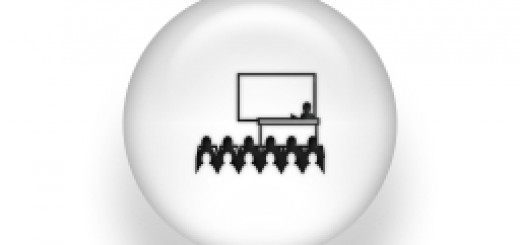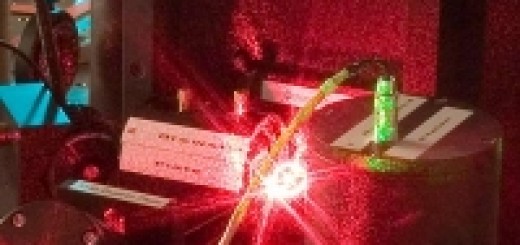Lens-like particles and their entropy-driven clustering
 Monday, 5th december 2011. 12:00-13:00
Monday, 5th december 2011. 12:00-13:00
Giorgio Cinacchi
Departamento de Física Teórica de la Materia CondensadaUAM
ABSTRACT:
Suitable hard particle models are often sufficient to capture the basic features of the phase behaviour and properties of a variety of complex fluids. Onsager showed that a purely entropy driven isotropic-nematic phase transition occurs in systems of hard rods, while later it was also demonstrated that steric interactions suffice to give rise to smectic or columnar phases. In this talk, the phase behaviour of hard spherical caps is reported. By varying the sphere radius and constraining the area of the subtended surface to a fixed value, particles can be generated covering the entire interval from the hard platelet model to the hard sphere model. The particles belonging to the sub–interval delimited by the hard platelet and hard hemispherical surface models are infinitely thin and concave. This talk focuses on the low density phase behaviour of these curved particles. Spherical caps of sufficiently large radius of curvature, similar to platelets, exhibit a transition from the isotropic to the nematic phase on increasing pressure. By reducing the radius further, however, the latter phase is progressively destabilized. For particles similar to lenses, in fact, the nematic phase is eventually replaced by a different type of self-assembly, characterized by the simultaneous aggregation of the centres of the parent spheres and the organization of the concave particles on the corresponding spherical surfaces. Lens-like particles thus exhibit a competition between a fluid-fluid phase transition and a clustering phenomenon, similar to what is observed in molecular systems forming micelles or colloidal suspensions forming cluster phases. For lens-like particles, however, this competition does not involve any energetic contribution: the phenomenology is purely entropy driven. For spherical caps similar to bowls, the clusters progressively change from being roundish to lacy. The relevance of all these simple model particles to a range of soft matter systems is discussed.


















